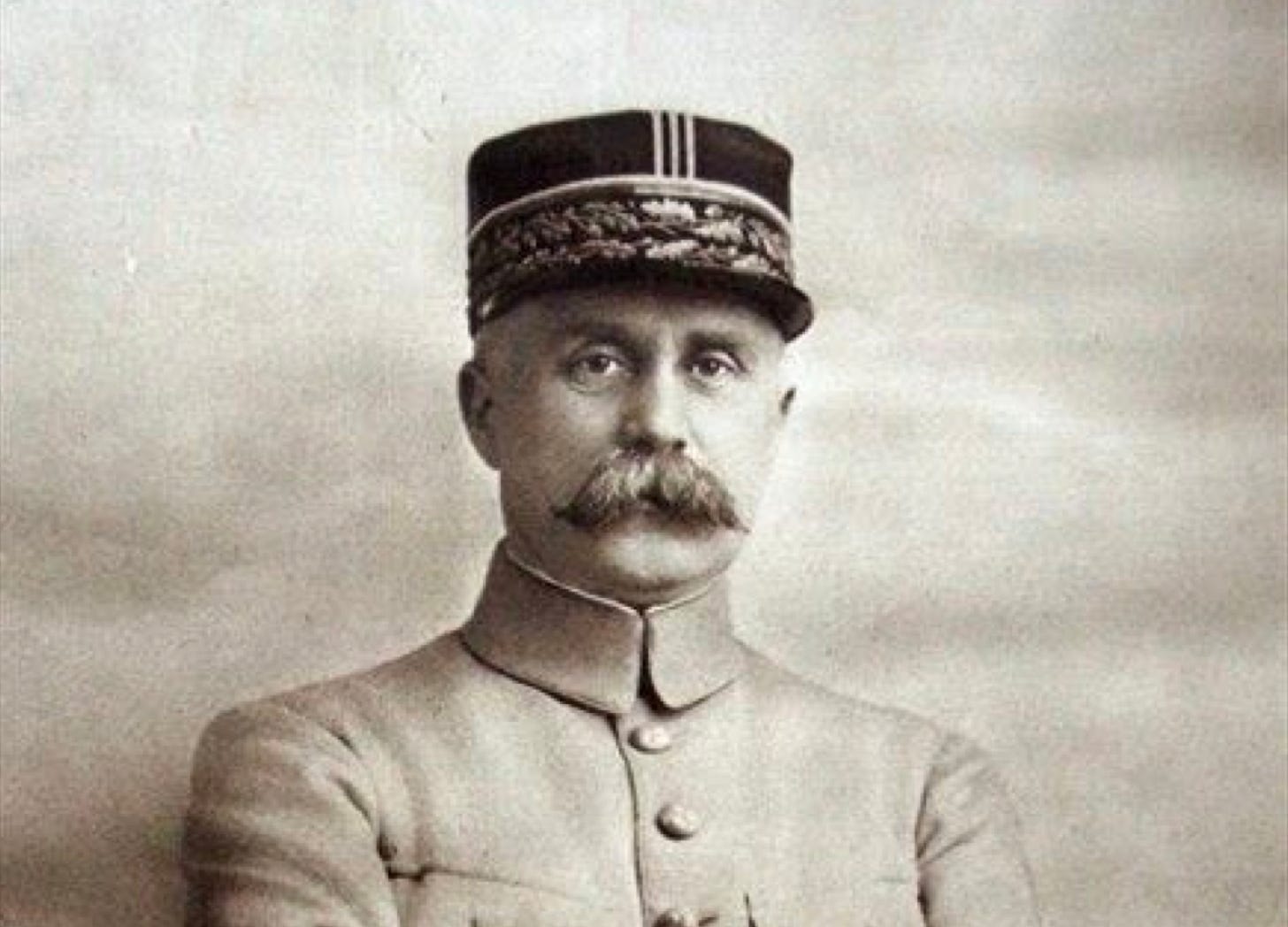Pétain Explains Attrition
Military Concepts
The current situation on the battlefields of Ukraine has led to increased interest in the phenomenon of attrition. In the hope of shedding some light on these discussions, I offer a translation of a directive on that subject promulgated by Philippe Pétain (1856-1951) soon after he took command of the French armies on the Western Front. A verbatim copy of the original directive has been reprinted as an annex to the official history of French military forces in the First World War. A different translation of the same document can be found in the second volume of the official history of the American Expeditionary Forces.
General Headquarters of the Armies of the North and North-East General Staff 3rd Bureau Number 17356
At the General Headquarters, 19 May 1917
Exclusively for the commanders of army groups and armiesDirective Number 1
For the time being, the balance of opposing forces on the Northern and North-Eastern Fronts precludes the possibility of a breakthrough of strategic significance. Therefore, the thing to do is to wear down the enemy in a way that minimizes our own losses.
Achieving this attrition does not require us to conduct deep attacks aimed at distant objectives. The considerable engineering work required by such attacks makes so many changes to the ground that they cannot achieve surprise. They are costly, because the attacker usually takes heavier losses than the defender. They are perilous, because, in spreading artillery fire over the full extent of the enemy defenses, they fail to guarantee the complete destruction of important obstacles, thereby increasing the risk that the attack will come to grief in front of the first intact position.
Instead of deep attacks, we should prefer attacks with limited objectives, launched suddenly against fronts that can be properly bombarded with the amount, and types, of artillery we have at hand.
In order to meet this standard, these attacks must:
Economize on infantry, while making the greatest possible use of artillery.
Exploit surprise, which increases the odds of pitting strength against weakness and achieving important results. It should be noted that surprise can only be obtained if the sector, having been properly prepared at some point in the past, has been “put to sleep” for several weeks or even several months, before the attack.
Be part of a series of attacks aimed at different sectors, none of which the enemy can evacuate without paying a high price.
Follow one another so rapidly that the enemy is fixed in place and deprived of his freedom of action.
This manner of employment, based upon mobility of resources and sudden insertion of forces, will require considerable reorganization.
As we use the aforementioned methods to wear down the enemy, we cannot forget that, thanks to events in other theaters, the enemy will possess fresh reserves, which he will be able to use to conduct diversionary attacks. We must therefore anticipate these attacks, and counteract them by the constant improvement of our defenses. The measures that we take for the sake of offensive action will also strengthen our ability to defend. These should be augmented by other measures, particularly plans for the shifting of forces and the reinforcement of sectors in the event of various contingencies.
Finally, it is indispensable that, in the general layout of forces, army groups and armies possess the necessary degree of autonomy, and, in particular, the authority to employ the reserves needed to fulfill their missions.
These, in overview, are the dispositions to make and the actions to take in the present phase of the war. These reflect the balance of forces on the Eastern Front. Should that situation change, I will provide the commanders of armies and army groups with new directives for the conduct of operations.
Pétain



